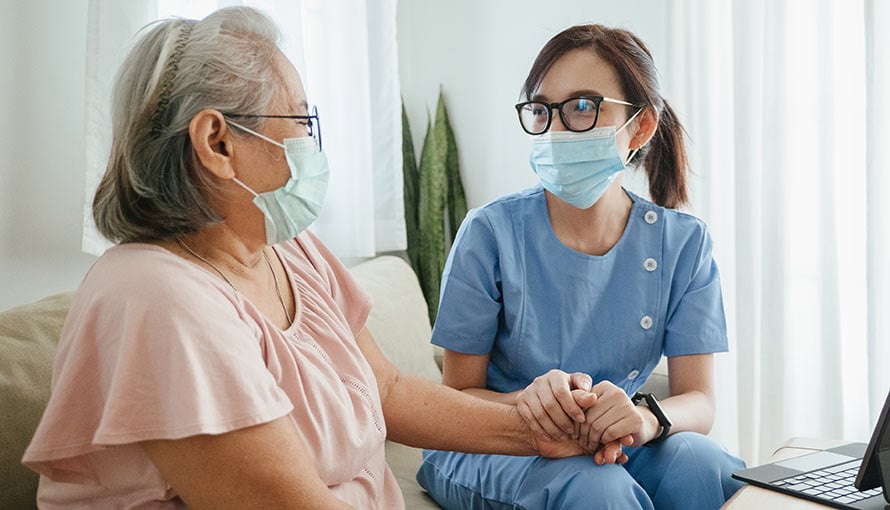Breast Cancer Recurrence

Breast cancer recurrence can take place within months or years after a patient’s initial treatment. The goal of preliminary treatment is to completely destroy all cancer cells, but sometimes certain cancer cells go undetected and are able to withstand surgery, chemotherapy, radiation treatment and/or hormone therapy. These surviving cells can remain dormant for a period of time, after which they once again begin to grow, multiply and form recurrent breast cancer, either at the same site as the initial cancer or in a different area of the body. Additionally, new cancer cells can sometimes develop following a period of remission.
While each patient’s circumstances are unique, experts have identified certain factors that can increase the likelihood of breast cancer recurrence. Those include:
- Initial diagnosis at a young age (under 35)
- Large tumors
- Lymph node involvement
- Lack of radiation therapy following a lumpectomy
- Inflammatory breast cancer
- Cancer that does not respond to hormone therapy
At the conclusion of a patient’s initial breast cancer treatment, a physician will usually recommend a schedule for follow-up to check for signs of breast cancer recurrence. Additionally, it’s very important for a breast cancer survivor to continue to perform monthly self-exams, be watchful for symptoms and consult with a physician promptly if anything is out of the ordinary or questionable.
Generally, the risk of breast cancer recurrence decreases with time, and many breast cancer survivors will never experience a relapse. In the event that breast cancer does recur, a patient should be aware that there are treatment options available.
Medically reviewed by Kimberley Lee, MD, Breast Oncology Program.
To learn more about breast cancer recurrence and treatment, or to schedule an appointment for a consultation, please call 1-888-663-3488 or complete our online form.
Helpful Links:
